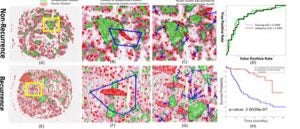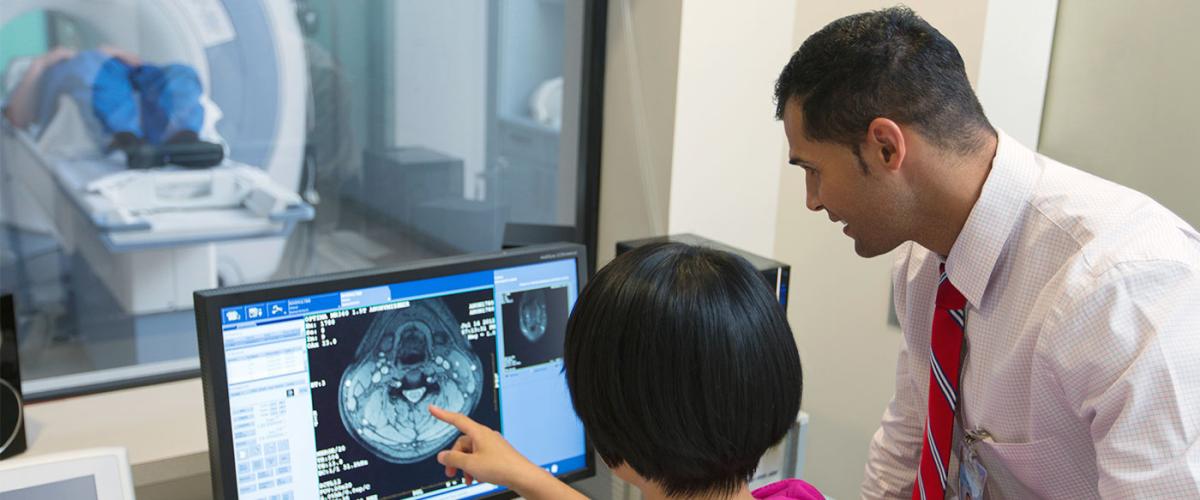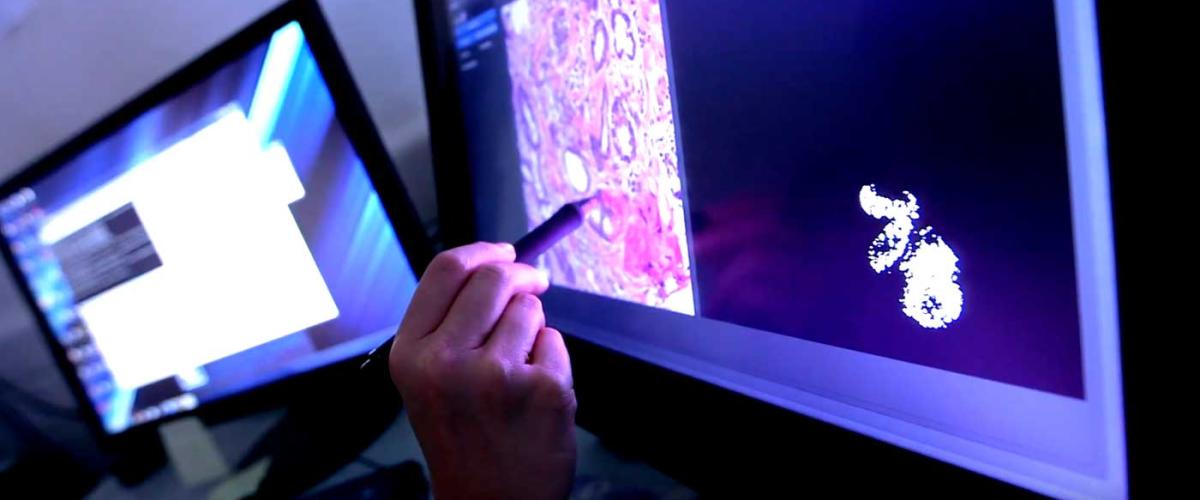Case Western Reserve researchers accurately predict how well body will fight lung cancer—based on patterns of immune cells
Researchers at Case Western Reserve University have discovered how to quickly and accurately predict which lung cancer patients will benefit from chemotherapy by analyzing how immune cells the body sends out to fight the disease are arranged. The scientists—aided by smart-imaging computers and machine-learning methods—were able to swiftly analyze hundreds of tissue images to not only count cancer-associated immune cells—but identify patterns in how they were arranged. This information may, after validation studies and clinical investigation, someday assist in the decision about which patients need chemotherapy or immunotherapy based on computational analysis of routine tissue-slide images obtained either by surgery or biopsy, said Anant Madabhushi, the F. Alex Nason Professor II of biomedical engineering at the Case School of Engineering. “We believe we’ve made a critical advance to the field with this work,” said Madabhushi, the lead among a dozen authors on a recent paper about the work. “Do you need chemo or not?—that’s the direct benefit to the patient and what really matters.” While this published research focused on early-stage lung cancer tissue, further analysis also predicted the success of immunotherapy in late-stage lung cancer, Madabhushi said. “That’s why I’m super excited about this: It’s a validation of what we call the ‘spatial architecture’ of the immune cells as predictive for the success of treatment for lung cancer,” he said. Actual photographs of the shape of the cancer-associated immune cells.
Actual photographs of the shape of the cancer-associated immune cells.





